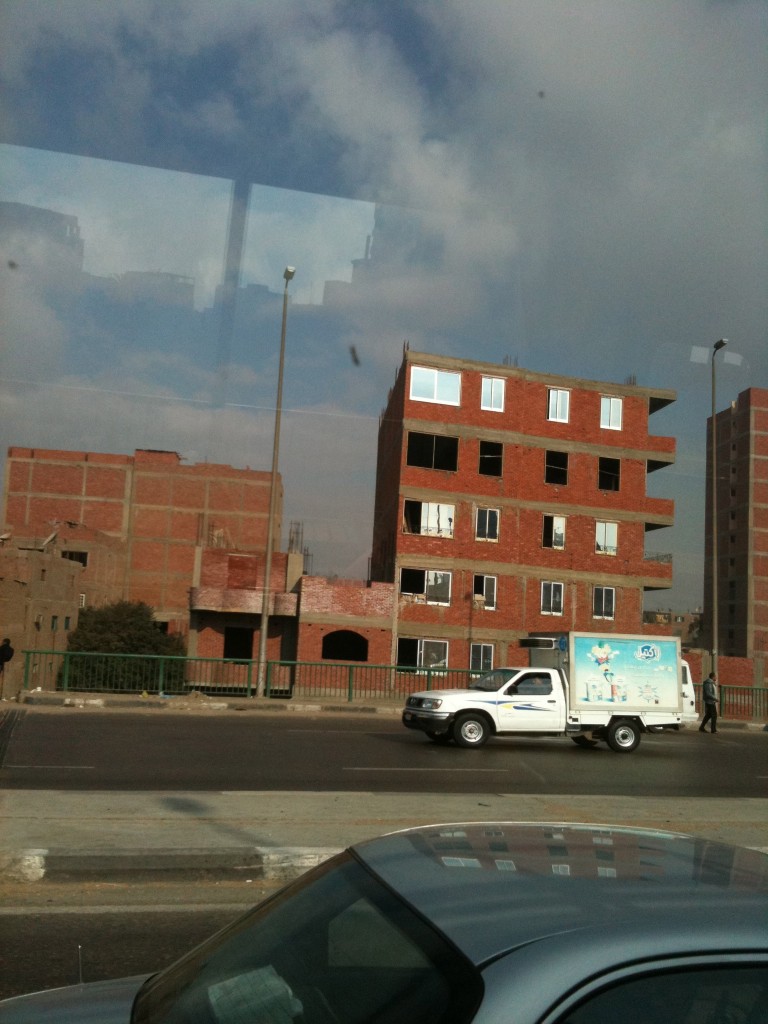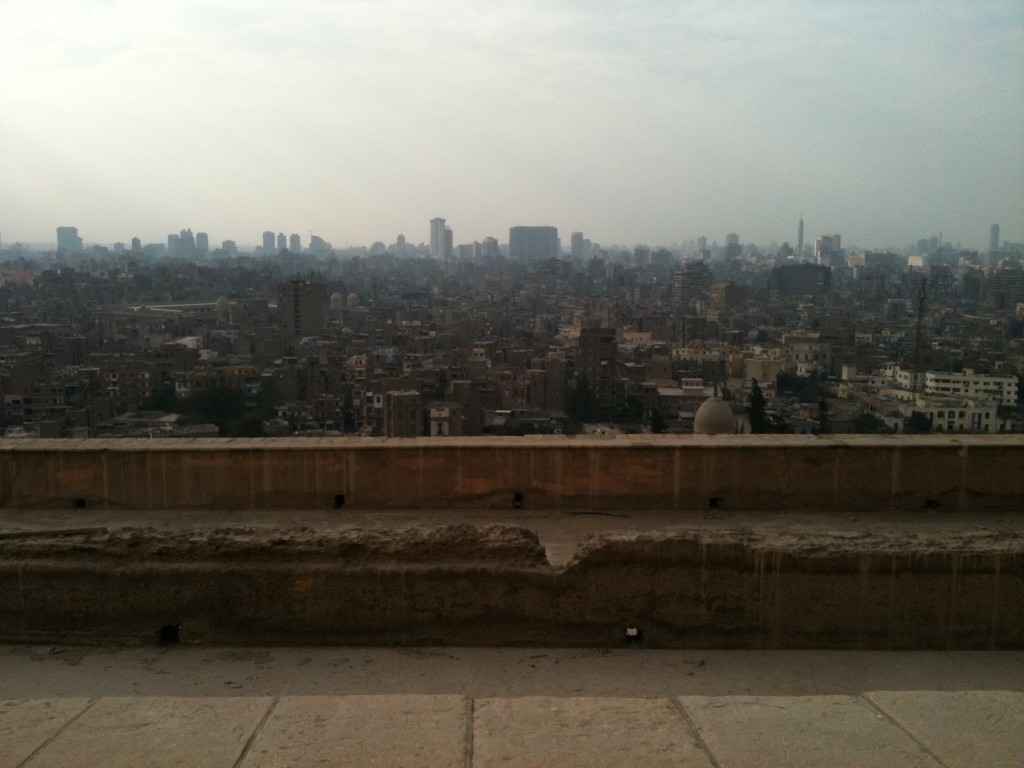Reinterpreting Cairo
It’s human nature to make judgments, so I make no apology for those we make in writing this blog. But one of the great things about travel is having your preconceptions challenged; and that’s what happened to us as we drove to the Egyptian Museum this morning.

Driving around Cairo you cannot help but notice the shabby state of most of the buildings. They look like they’ve come out the far end of a couple of earthquakes and, while remaining standing, have suffered from the experience. They’re unpainted, they’re dirty, there are bits of rebar jutting out from the flat roofs. It just looks like poverty and that’s exactly how we had interpreted it.
The real story it turns out is a bit more complicated and bit more interesting. The buildings are actually deliberately kept looking shabby. A painted, up-kept building is a flashing light telling the taxation department that you have lots of money. To avoid alerting the authorities to your status you keep your building looking shabby. The obvious question, and one I have no answer to, is: given everyone does it, why does it work at all? But there you have it.
The second part of the story is the unfinished nature of the buildings with the rebar jutting from the roof. In Egypt children live with their parents on a permanent basis. The parents live on the ground floor, the eldest son gets the first floor, the second the second floor and so on. (Daughters get to get married and move in with someone else’s son on one of their floors.) Thus the top floor is unfinished – so that additional accommodation can be added on if needed.

None of this changes the fact that Cairo looks a mess; nor does it change other things like the streets clogged with rubbish. But our interpretation of that building-mess has certainly shifted, suddenly it actually looks quite endearing.